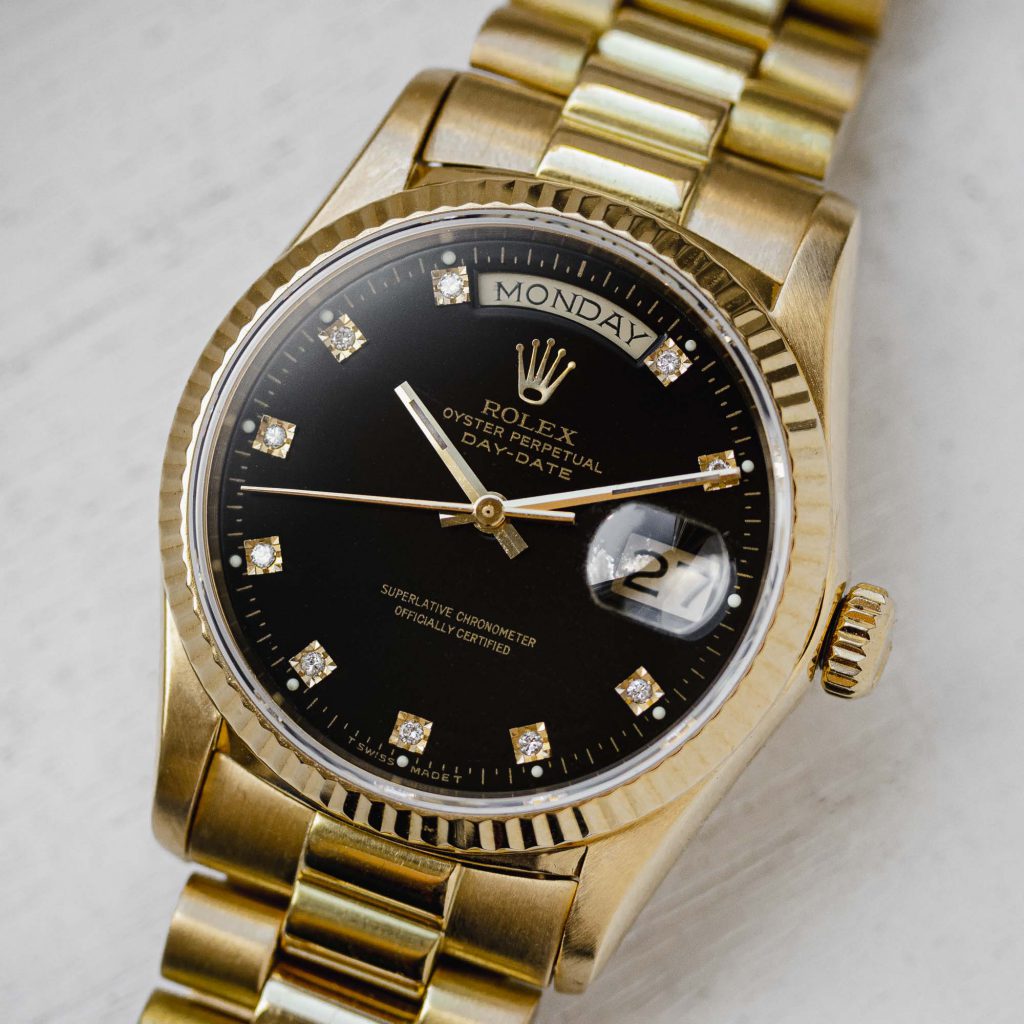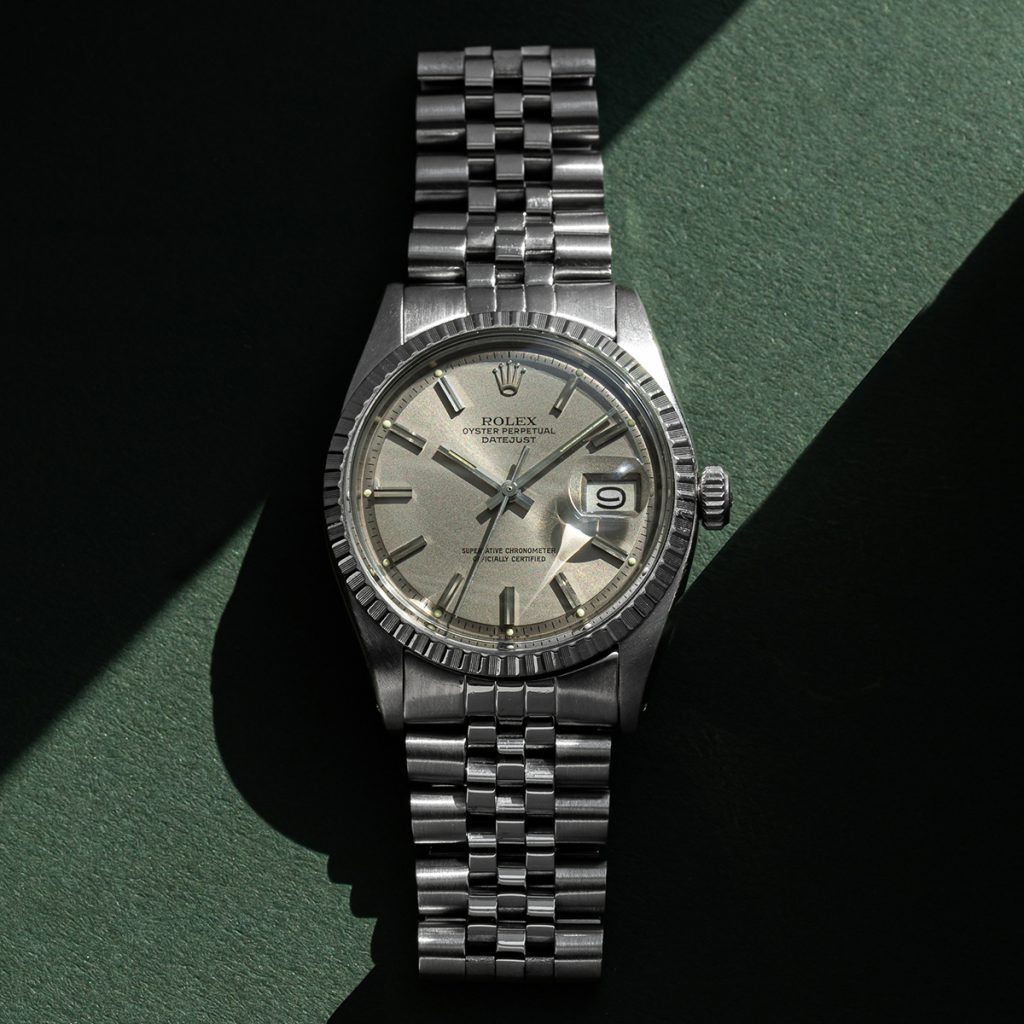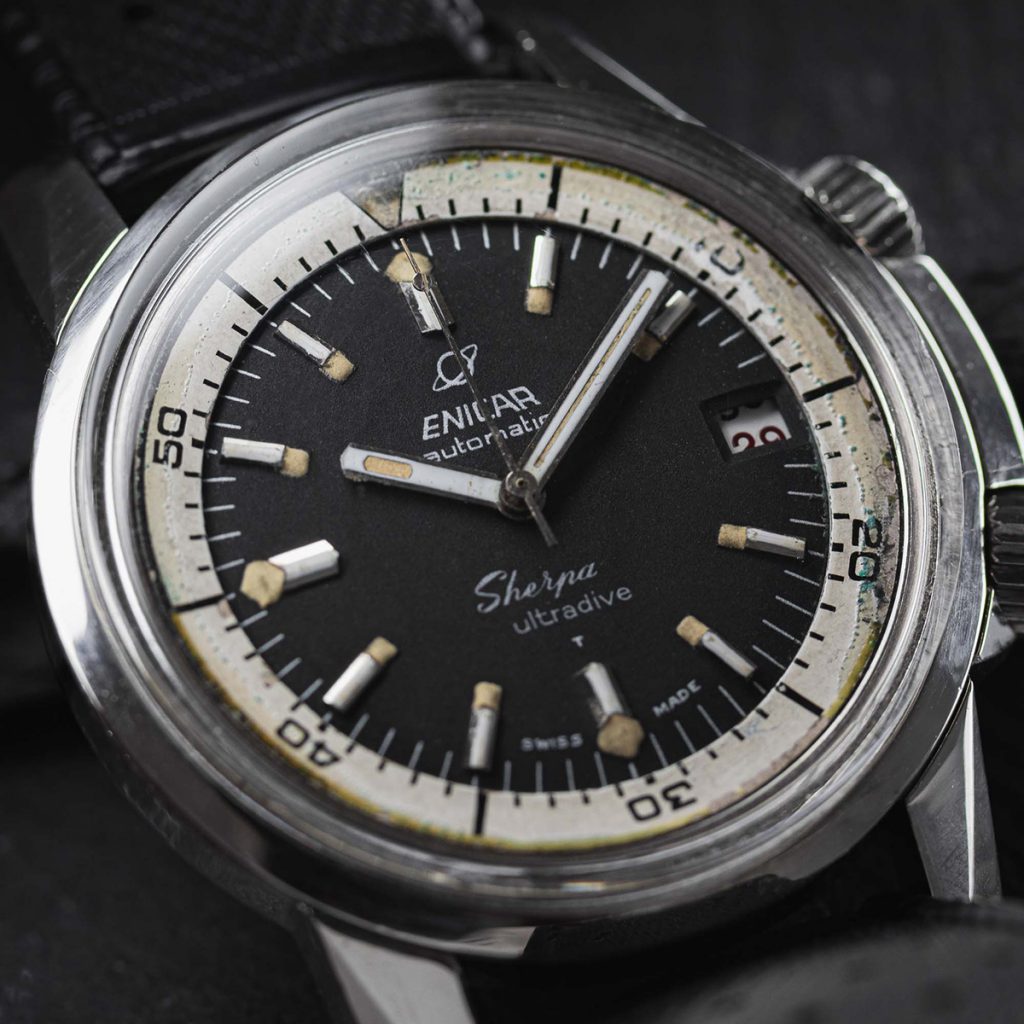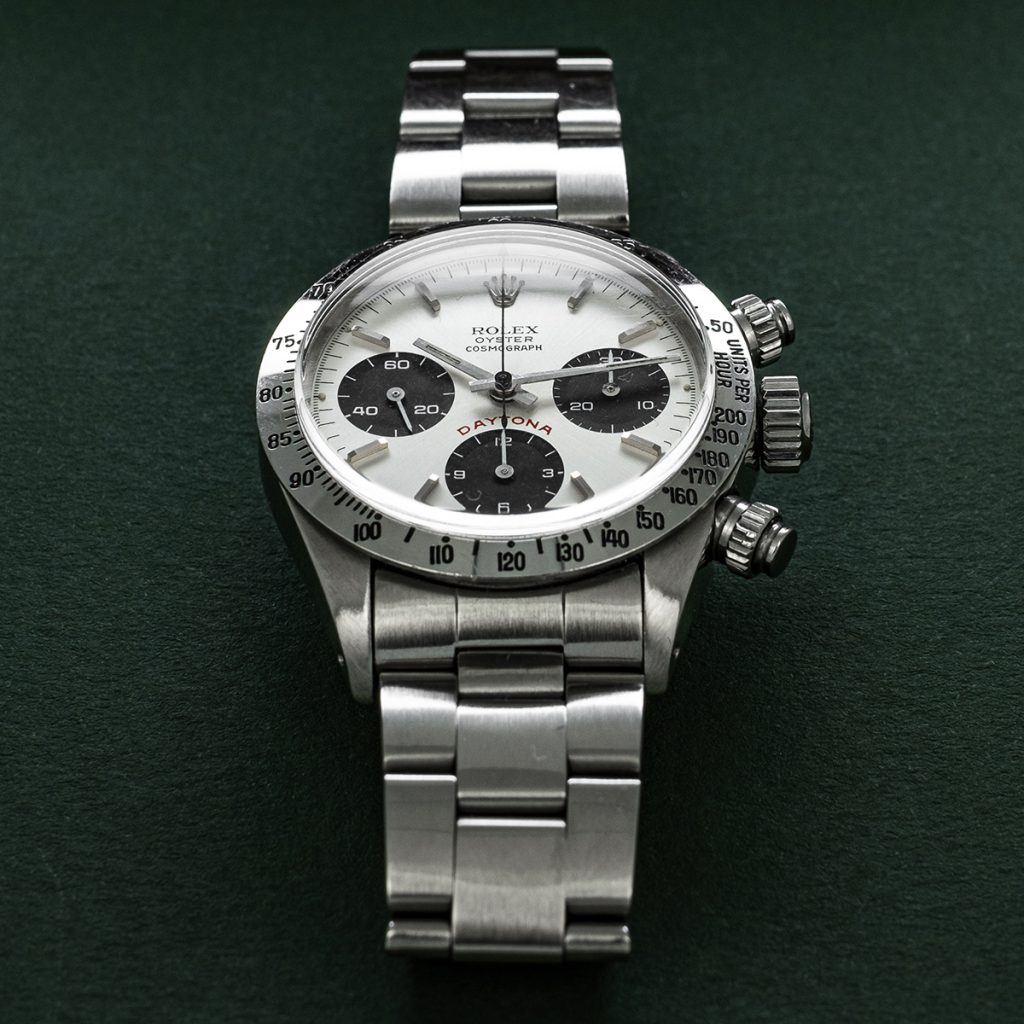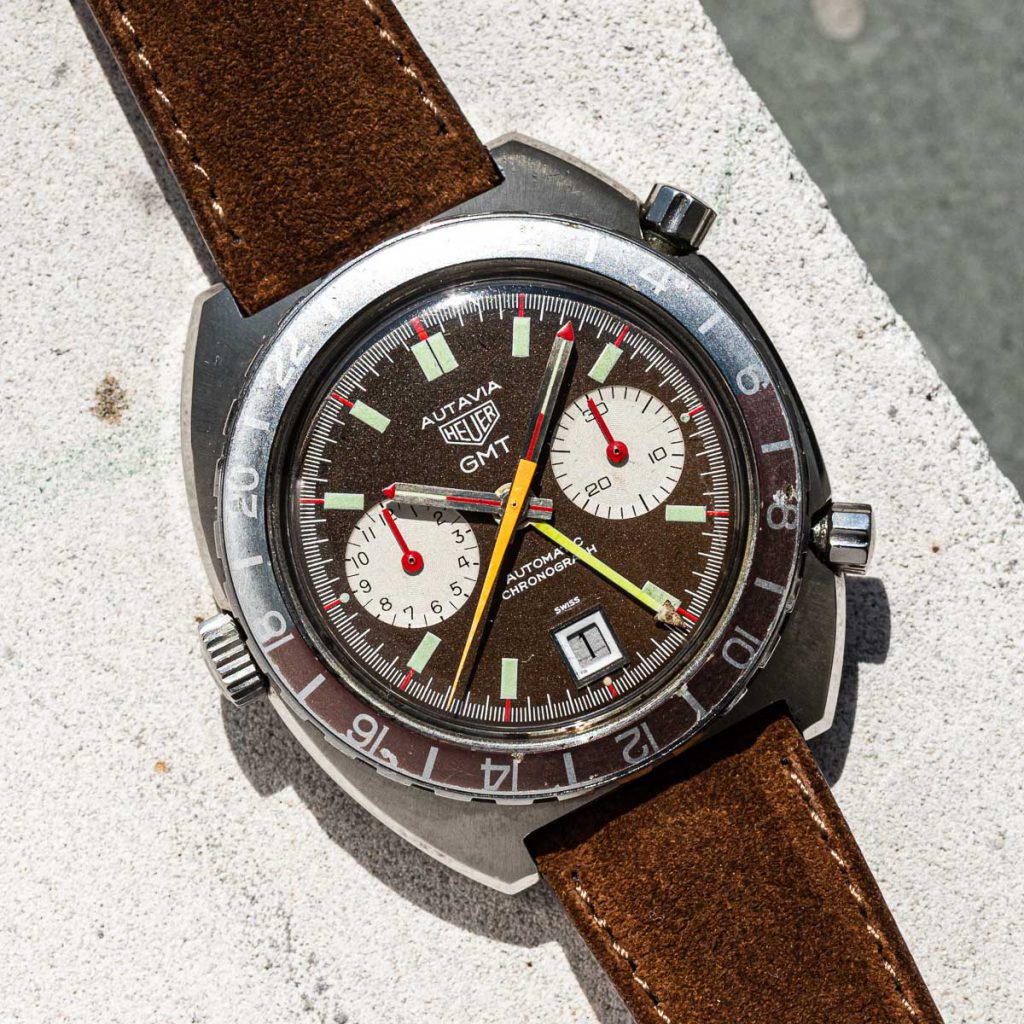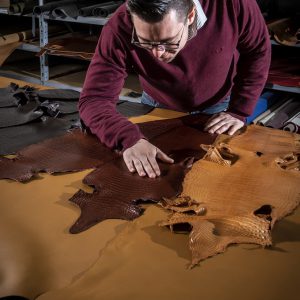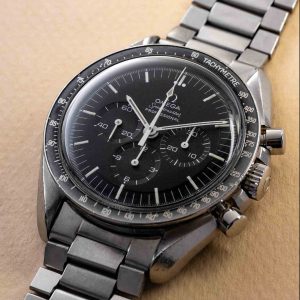3. Chronograph
If you take timing stuff seriously, you may want to opt for a chronograph. You will be able to read your measurements with greater accuracy. You will also be able to time events over multiple hours.
Most chronographs come with additional measurements, such as a tachymeter or pulse-o-meter. These are rather specialist tools and 99% of wearers do not ever use them. But the chronograph complication on its own easily makes this list as a super useful complication.
The 5 most useful complications
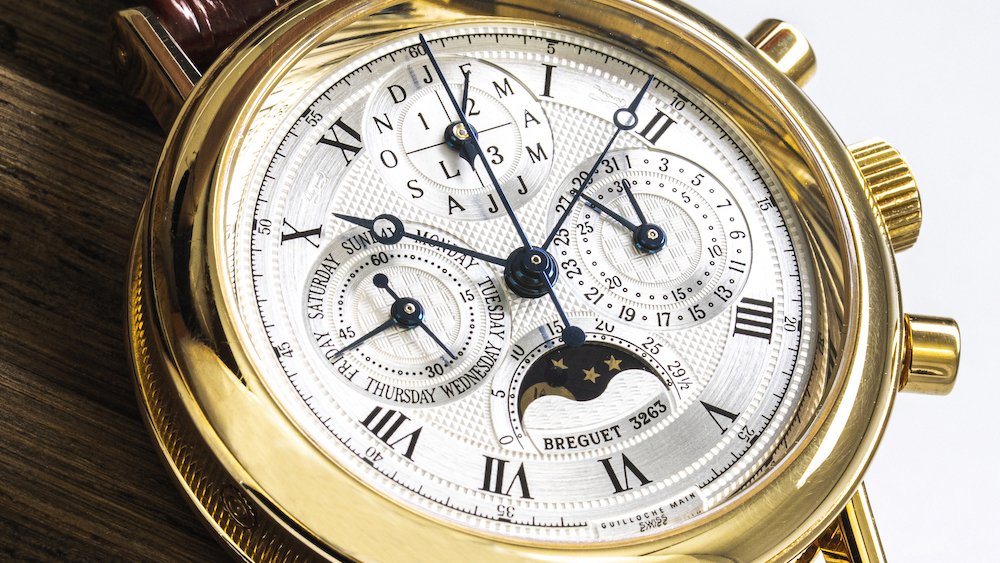
Vintage watch collecting is perhaps not entirely about the utility of the watch.
By Thomas van Straaten on 7 July 2020
Vintage watch collecting is perhaps not entirely about the utility of the watch. Most of us carry smartphones that provide us with much more accurate information. But even once we are all wearing smart lenses in the near future, our guess would be we will still be wearing watches, simply for the love of them. Our prediction is the more digital our world becomes, the more passionate we will be about our vintage mechanical timepieces.
Still, having the time on your wrist is extremely handy. It is so much quicker and less obtrusive to flick your wrist than it is to take your phone out of your pocket. So the trusty watch definitely still performs a utilitarian task. Of course, some watches do more than just tell time. And while we love our tourbillon planetarium watches, in this article we will be looking at the most useful complications in everyday life.
1. Date / Day
If we had to point out a single most useful complication, it would be a date. Information you need so often but is so easy to forget or lose track of.
The date complication is not without its controversy though. Poorly executed date windows can mess up the symmetry or balance of a dial. A date can be a pretty dominant feature in watch design. Just look at the everlasting debate between fans of no-date Subs versus fans of the cyclops.
For some people, a day complication can add value too. If you work from home, without kids, for instance. It can be easy to lose track of your days.
2. Dive time bezel
Is this technically a complication? We guess not. But it does add functionality to your watch. A dive time bezel is super handy to time pretty much anything, as long as it is within one hour. Whether you are keeping track of the cooking time of your pasta (you really shouldn’t, “al dente” is the answer), or your cardio workout, a dive time bezel does the trick reliably.
Oh and you can usually get these watches wet without worry. Handy!
"If you let go of your practical mindset, a whole world of fantastic complications opens up to you."
4. GMT or multiple time zones
For anyone who loves to travel or has relatives or business partners abroad, a multiple-time zone readout is extremely practical. No tricky calculations every time you think of calling your foreign acquaintance, just a quick glance at your watch and you will know whether your call is appropriate.
Multiple time zones can be served up in several ways. The simplest is a rotating bezel with a second-time zone. This does not even require a complication of the movement. If you add to that a second hour-hand that can be freely set, you can now track three time zones.
The Rolex GMT Master is perhaps the best-known example. It features a 24-hour bezel and a 24-hour second hour-hand, called the GMT hand. This cannot be separately set though, so you are limited to two time zones. The later GMT Master II added the individual setting of the GMT hand, raising the game to three time zones.
You could also opt for a world timer. There are several ways of executing a world time complication, it seems every brand wants its own unique solution. The goal is to be able to read the current time in any time zone, at a glance. Very practical for global sales managers, the majority of us will be fine with a GMT hand.
5. Power reserve indicator
Here is one you might not immediately think of, but it is particularly useful in combination with other complications. If you have a highly complicated watch, such as an annual or perpetual calendar, you want to keep it running. If it stops, it can be a pain to re-set. A power reserve indicator tells you how much tension is left in the mainspring, usually expressed as a percentage or number of hours.
If you wear one automatic watch every day, this is probably of no use to you. Your watch will be wound pretty much all the time. But if like us, you switch watches obsessively, a power reserve indicator becomes very useful. You will know when your watch needs topping off.
Still, most watches do not feature a PR indicator and I would never pass on a watch for not having one. But if it is there, it is pretty darn convenient!
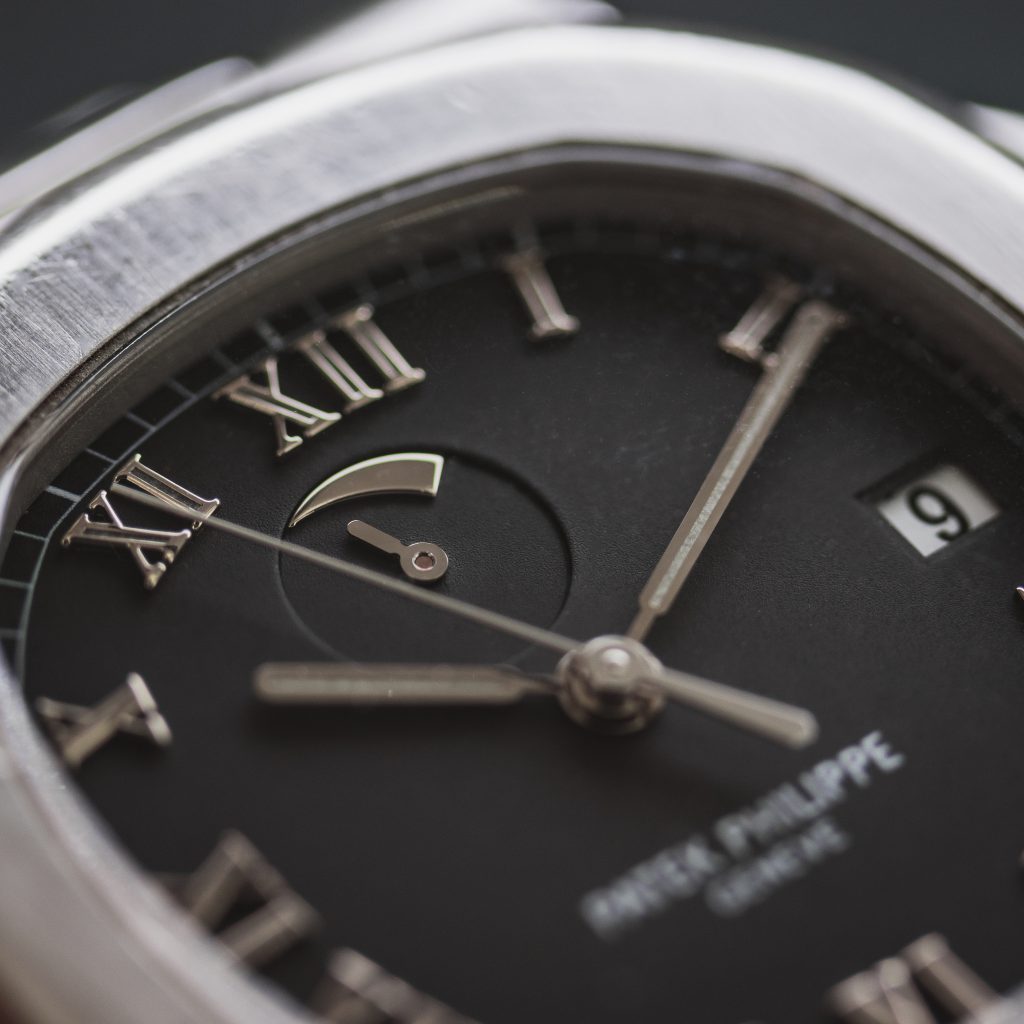
For the love of it
If you let go of your practical mindset, a whole world of fantastic complications opens up to you. Gazing at a tourbillon in amazement or being enchanted by the crystal clear chimes of the minute repeater is simply awesome. And let’s face it, there is no reason to have one but for the love of it. If your watch is a tool and you are looking for utility, you cannot go wrong with the five practical complications above.
Have a look at some dive time bezels or chronographs here. Or browse our current collection for all other complications.

